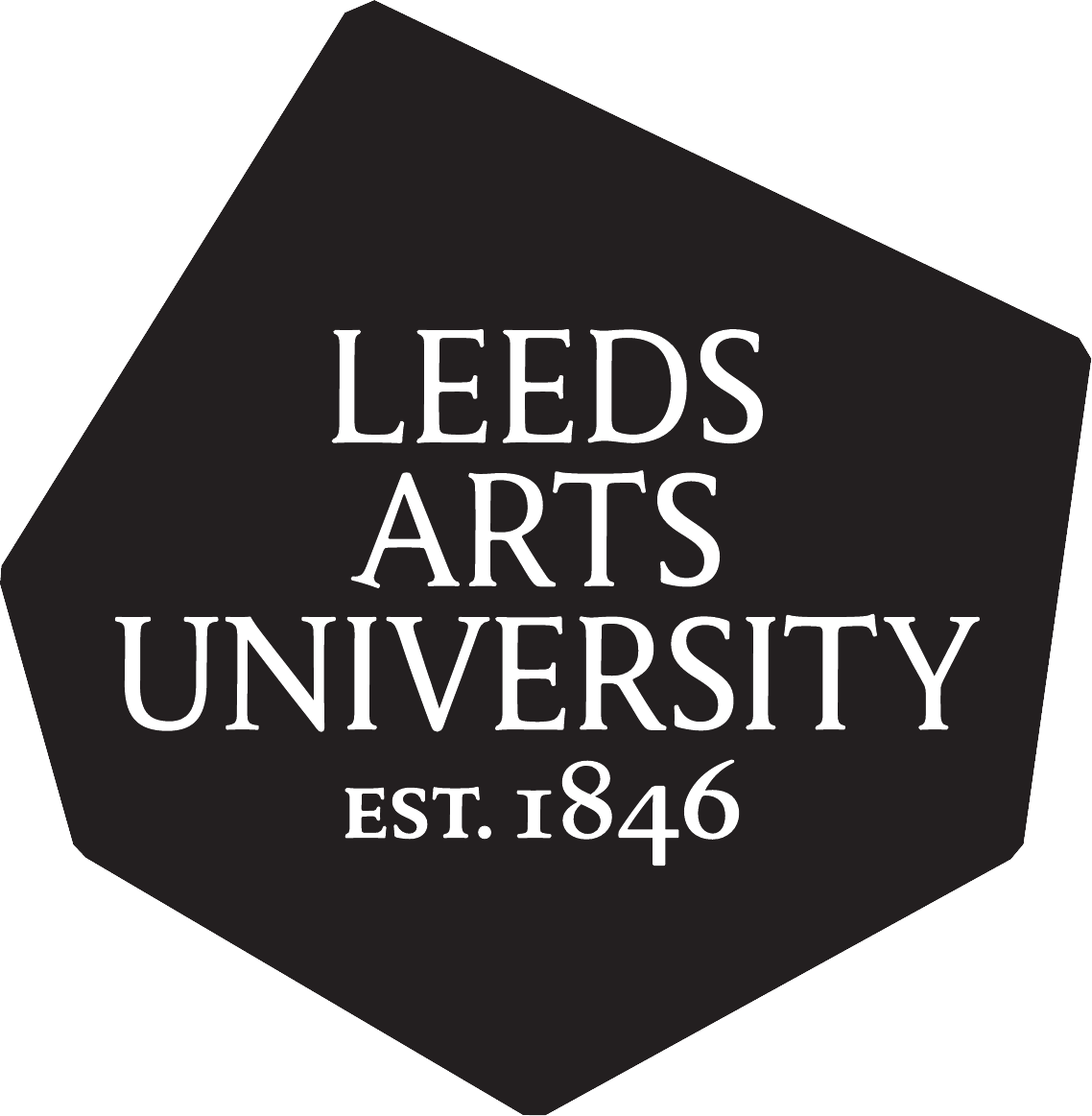Planning a pop-up exhibition: Reflections on a critical thinking club
Norton, Frances 
Abstract
In this book chapter adult, widening participation and lifelong learners (Broadhead et al., 2019) grapple with the ethics of solving a wicked problem (Sweeting, 2018), meaning an unsolvable social issue. It concerns a critical incident vignette (meaning specific events that happen during the pedagogic intervention explored in this study) at the Critical Thinking Club held at an arts university. The learners wrestle with the concepts of cultural confluence denoting the embedding of cultural inclusion (Sharma-Tankha, 2020) rather than cultural appropriation. Using two key texts, Thinking in Education by Matthew Lipman (2010) and Ken Brown (2018) Education culture and critical thinking, the Critical Thinking Club put into action Lipman’s Thinking Dimensions concept of critical, caring and creative thinking working in conjunction. Added to this the use of liminal educational spaces (Brown, 2018) created outside the traditional power dynamic of traditional educational settings. This was utilised as a way of working as a Community of Inquiry (Garrison et al., 2000) through the knotty theoretical issues when making artwork for a pop-up exhibition (Du Cros & Jolliffe, 2014). Francis Shor (1993) believes that adult learners are suppressed from thinking critically by societal norms of class and context (Bourdieu, 1993). In relationship to that assumption, I argue that lifelong learners can become confident critical thinkers who are able to understand and apply complex theories and concepts to creative projects both practical and theoretical through scaffolding (Vygotsky, 2012). This qualitative research employs post-structural theory and Barthes’ theory of decentring (1977) and Narrative Inquiry (Clandinin & Connelly, 2004) to discuss the dataset.
Actions (login required)
 |
Edit Item |

